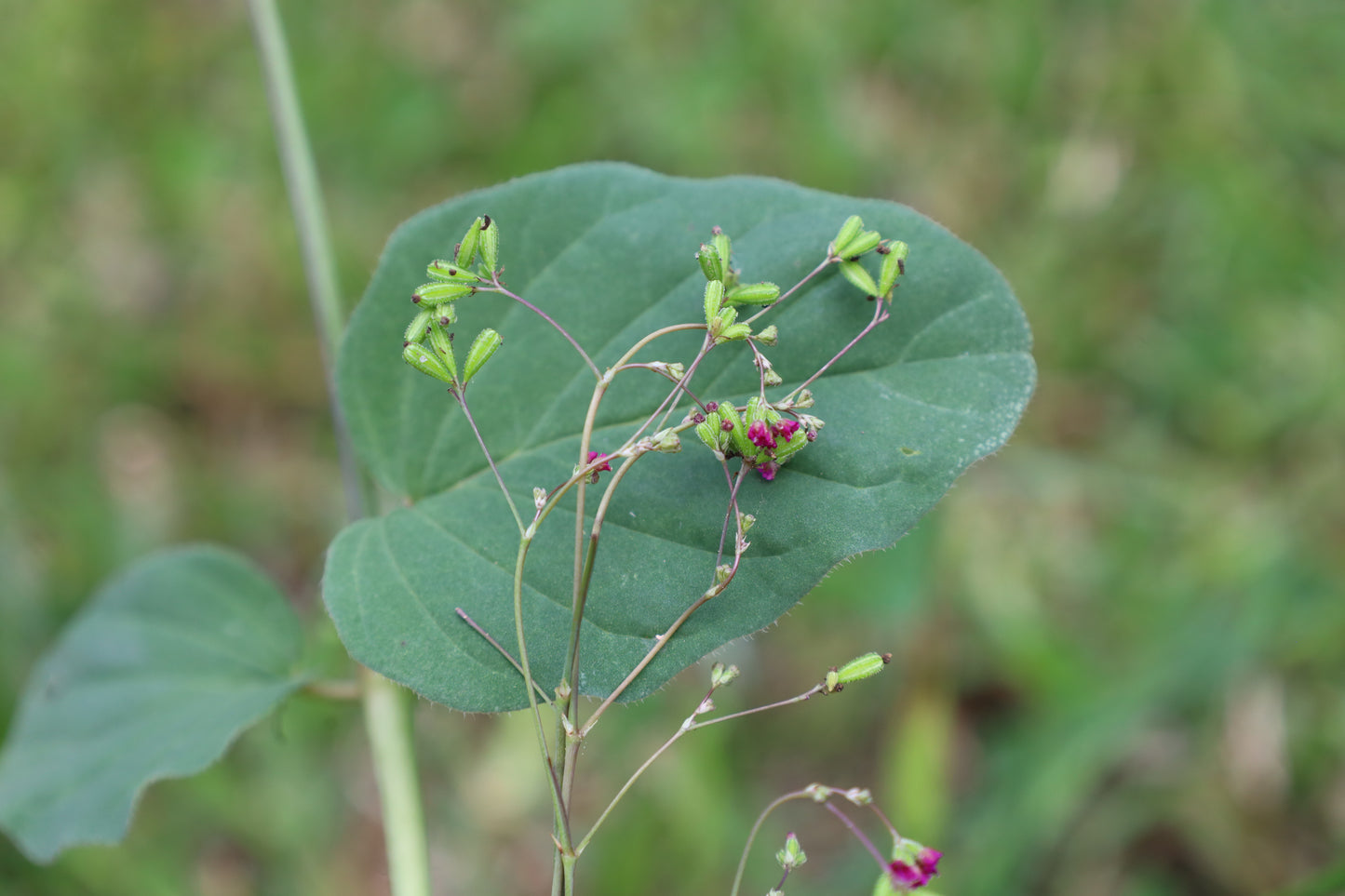R&B Floridaseeds
Punarnava 20 Seeds Red Spiderling Boerhavia diffusa USA Company
Punarnava 20 Seeds Red Spiderling Boerhavia diffusa USA Company
Couldn't load pickup availability
Boerhavia diffusa, commonly known as "Punarnava" or "Red Spiderling," is a perennial herb that belongs to the Nyctaginaceae family. It is native to warm regions around the world. It is native to the southern United States and Florida and it is also found in other parts of Asia, Africa, and the Americas. In traditional medicine systems like Ayurveda and Unani, Boerhavia diffusa is valued for its potential health benefits.
Characteristics of Boerhavia diffusa:
Habitat: Boerhavia diffusa is commonly found in tropical and subtropical regions. It can thrive in a variety of habitats, including grasslands, wastelands, and along riverbanks.
Plant Appearance: The plant features thin stems that can sprawl along the ground or climb over other vegetation. The leaves are green, simple, and alternately arranged along the stems. The flowers are small and usually pink or white, arranged in clusters. The leaves are used as a vegetable.
Medicinal Uses: In traditional medicine, various parts of the Boerhavia diffusa plant, including its roots, leaves, and stems, are used to prepare remedies for conditions like urinary disorders, liver problems, inflammation, and certain skin ailments. It is believed to possess diuretic, anti-inflammatory, and antioxidant properties.
Cultural Significance: In addition to its medicinal uses, Boerhavia diffusa holds cultural significance in different regions. It has been used as an ingredient in traditional recipes and remedies for generations.
Growing Instructions
- Soak the seed in water for several hours.
- The seeds like moist, well-drained soil. Prepare a mixture of half potting soil and half sand, perlite or vermiculite. Put the soil in a pot. Water the mixture so that it is moist but not wet.
- Put the seeds on the soil.
- Cover the seeds with a thin layer of soil.
- Water the seeds.
- Place the pots in an area with warm temperatures in full sun or part shade. The seeds take several weeks to germinate.
- When the seedlings are a few inches tall, they can be transplanted.
Materials
Materials
Shipping & Returns
Shipping & Returns
Dimensions
Dimensions
Care Instructions
Care Instructions
Share












